Purpose
This is an elaborate memory exercise that can be used for several purposes.
- You can use it to teach specific memory techniques in memorising pictures, names and words.
- You can use it to teach the associations of images with words.
- You can use it to help delegates memorise the characteristics of famous paintings in history. This is ideal for art students.
- You can use it to test delegates on memory recall.
You can easily adjust the difficulty level of this exercise by manipulating the timing and the amount of memorisation the delegates need to go through. You should decide this upfront based on your training needs and the capability of your delegates.
Objective
Identify famous paintings among a collection of artworks.
What You Need
- You need two collections of printouts of paintings:
- Famous Collection. Printouts of famous paintings with their title and artist name shown underneath. You need to choose how many to use based on your desired difficultly level for this exercise.
- Found Collection. Printout of a series of paintings. These printouts should not have any information on them such as title or artist’s name. You should also consider removing the artists’ signatures from the paintings. This collection should include some of the “Famous Collection”, but not all of them.
- You need to prepare these printouts before the course so you can be ready for this exercise. Please check local regulations for permission on printing artwork for your specific training purposes.
- Two rooms. Place both collections in a way that delegates cannot see in the main training room. Prepare a second room by placing papers and pens on a table so all delegates can easily and simultaneously access them when you bring them there.
Setup
- Explain the following background for this exercise:
“You are a journalist hunting down on a treasure of paintings that was captured by Nazis and has been lost ever since World War II. From your investigation, you know that the collection is significant and that it contains paintings from some of the most famous artists in history. However, until you see the collection or they are revealed to you, you cannot be sure of the significance. This is why this investigation has been so exciting. After 5 years of careful investigation, you think you know where this collection can be found; in a flat in the centre of Munich. As part of this investigation, you had to research all the major paintings in history, learn their titles and the artists responsible for them.
You think the collection is held by a grandchild of a Nazi art dealer. You are eager to see the collection and release the sensational news to the world before anyone else does.
You got two tips today; an informer told you that tax officials are going to investigate the collector for tax evasion and are obtaining a warrant to search his house tomorrow. The second tip came from a reliable source which said that the collector has left the country!
Through your excitement, you decide to make an insane move. You want to visit the house and see the collection before the officials get there. You go to the house and using some hollowed style cover-up, enter the house to check the gas supply for their boiler and also all their fireplaces. You have only a short time to make your search and are ready to take photos as soon as you see the paintings.
After carefully following with your gasman act, finally, you find the room that contains the collection of paintings. There is a fireplace there, so you have a perfect excuse to be there, but not for long.
Some of the paintings are framed and placed on shelves and some are unframed placed in drawers. The room is fairly dark and suddenly you realise you cannot take photos without flash. You cannot use flash either as it may alert the housekeeper who let you in and is currently in the other room. So you have only one choice. You have to use your memory.
You have 3 minutes to look at as many paintings as you can and decide if you recognise them. After 3 minutes you must leave the house and run away before you get caught. After a minute of running, you can stop somewhere, take out your notebook and write the names of the paintings before you forget them. You need the name of the paintings and the name of the artist who painted them. Of course, the more you get right, the more sensational and credible your article. You know that once the officials get there and release a statement about their findings, their remarks will be compared with yours. If you get it right and publish before they do, you can turn into an international celebrity journalist overnight. You will be sorted for life.”
- Explain to your delegates that they are going to play the part of the journalist. There are therefore two parts to this exercise.
- In Part 1, you carry out research to memorise important paintings.
- In Part 2, you will have to correctly identify them and their characterises when you see the paintings in a collection that contain other paintings as well.
Part 1:
- Distribute the paintings to delegates. The title of each painting and the name of the artist who painted them are shown at the bottom of each painting.
- Ask delegates to memorise the details using their preferred memory technique. Optionally, depending on your training needs, you can ask delegates to use a specific memory technique for this exercise.
- Allocate 15 minutes for this part, though this highly depends on the number of paintings you want them to memorise.
- After the allocated time, collect all the paintings.
Part 2:
- Explain that now they are the journalist who finds himself in a room full of paintings. They must go through the collection and see which famous paintings they reviewed earlier, are part of the collection.
- They cannot use any notes during this part.
- They have 3 minutes.
- After 3 minutes. Stop everyone and ask them to move to the second room.
- Pens and papers are provided in the second room. Once everyone is in the room, on your mark allow delegates to use the notes.
- Ask them to write down the details of all the famous painting that are in the collection. They should write them as a list of ARTIST: TITLE.
- They can have as much time as they want for this part.
- Bring back everyone to the original room.
- Reveal the results and ask delegates to score themselves. They get one point for the name of the artist and one point for the title of each painting that they identified correctly. If they thought a painting was part of the collection when it was not, they should deduct one point for the title and one point for the artist name accordingly.
- Identify the person with the highest score and congratulate him for having the most accurate memory.
- Ask the top three scorers to explain to others what memory methods they utilised to memorise the famous paintings and also to identify them among the collection.
- Follow with a discussion.
Timing
Explaining the Exercise: 5 minutes
Activity: 15 min for Part 1 + 3 min for identification in Part 2 + 1 min moving to the second room + 10 min for recording notes + 10 min scoring = 39 minutes
Group Feedback: 10 minutes
Discussion
Did you find this exercise easy or difficult? Was your memory technique suitable for the task? What memory technique worked best? What would you do differently if you had another chance to go through this exercise? What memory technique impressed you the most?
Soft Skills Training Materials
Get downloadable training materials
Online Train the Trainer Course:
Core Skills
Learn How to Become the Best Trainer in Your Field
All Tags
Training Resources for You
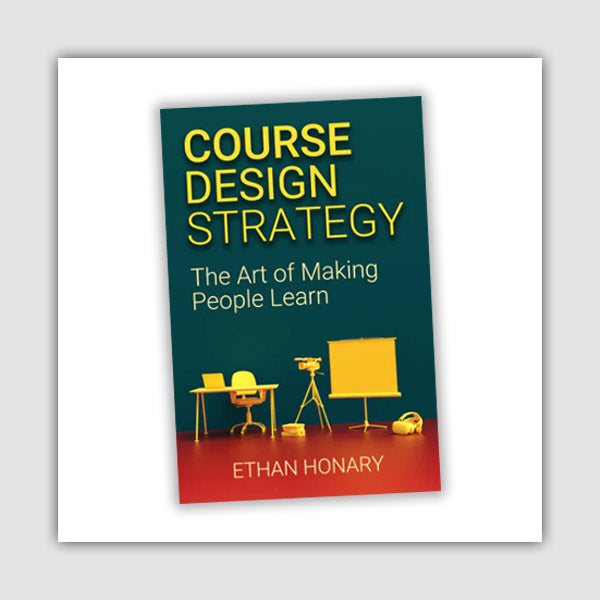
Course Design Strategy
Available as paperback and ebook

Free Training Resources
Download a free comprehensive training package including training guidelines, soft skills training activities, assessment forms and useful training resources that you can use to enhance your courses.

Our Comprehensive Guide to Body Language

Train the Trainer Resources
Get Insights - Read Guides and Books - Attend Courses
Training Materials
Get downloadable training materials on: Management Training, Personal Development, Interpersonal Development, Human Resources, and Sales & Marketing





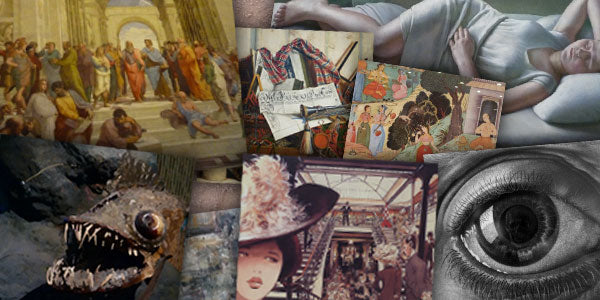


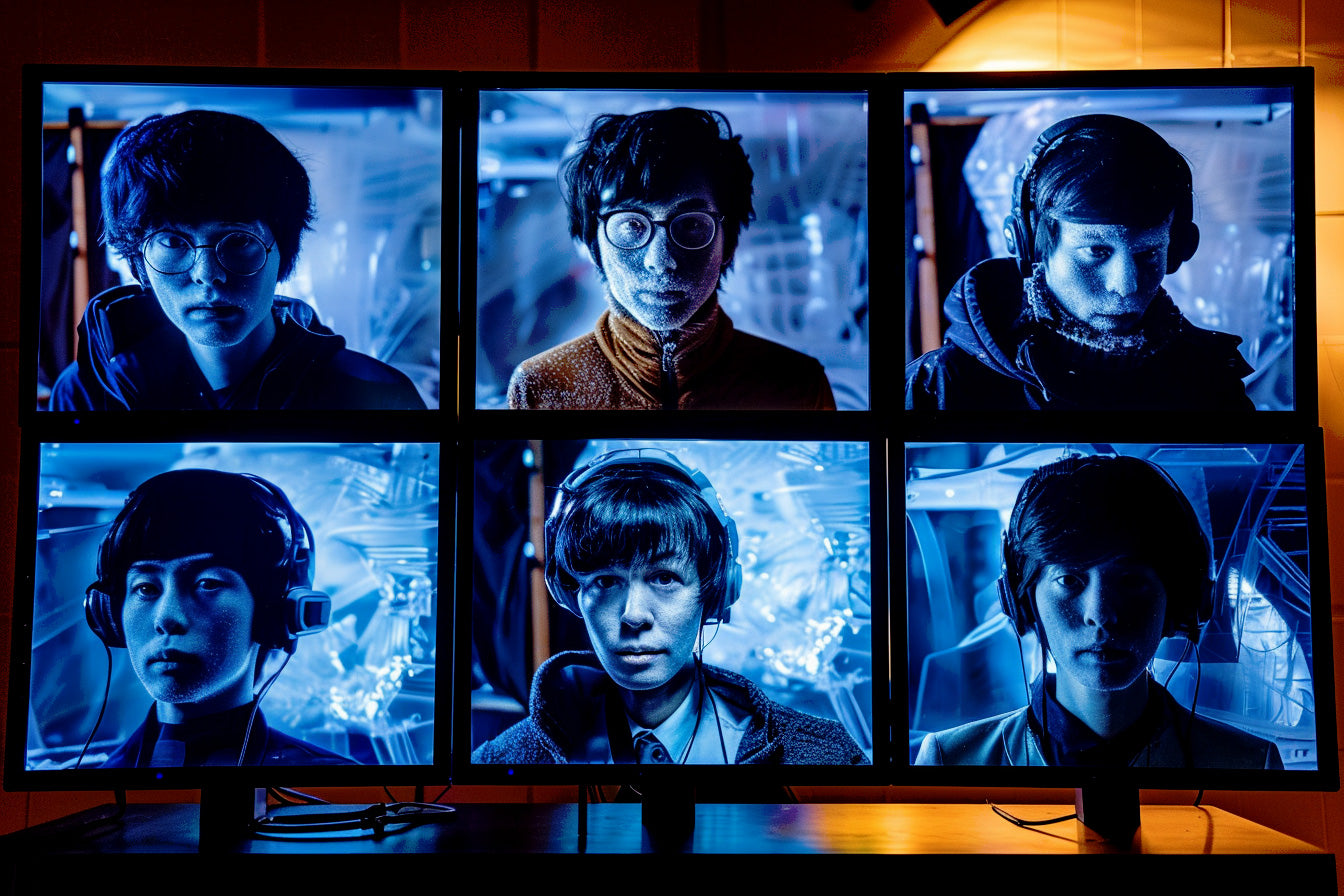


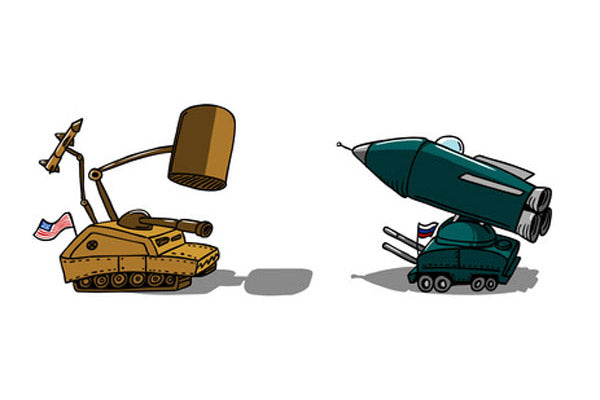
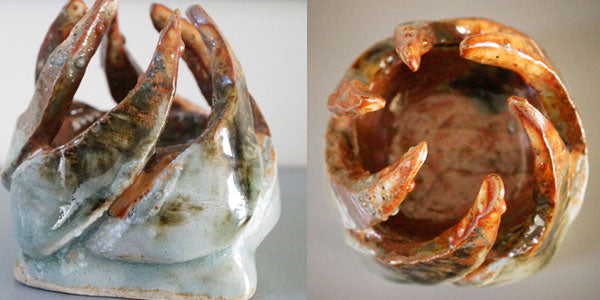
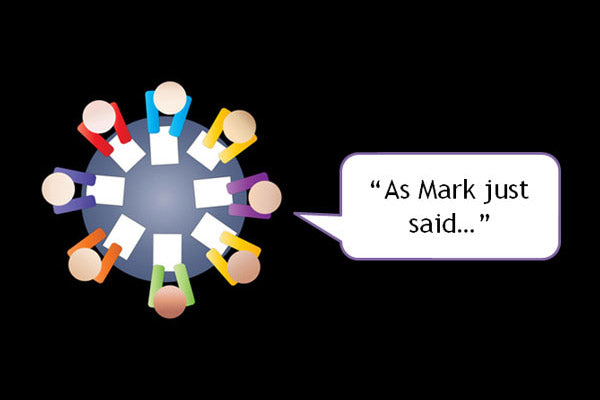
Leave a comment
All comments are moderated before being published.
This site is protected by reCAPTCHA and the Google Privacy Policy and Terms of Service apply.